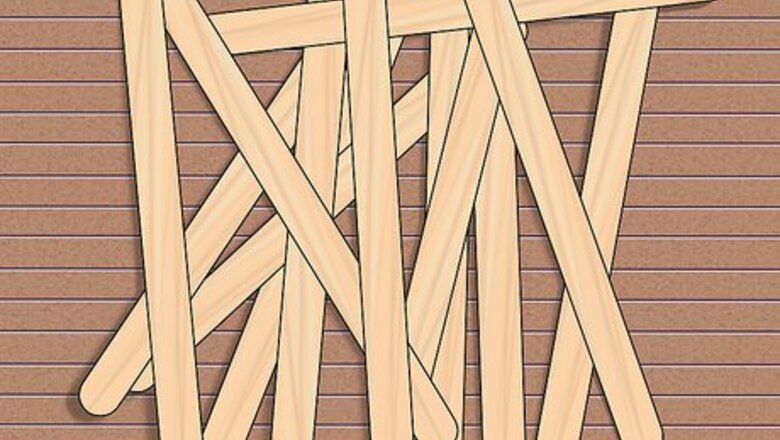
views
Making a Ladder
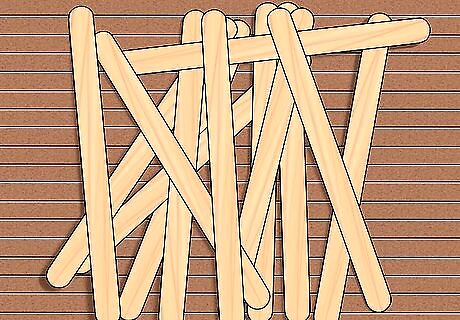
Gather together several popsicle sticks. The number of popsicle sticks that you will need will depend on how tall you want to make the ladder.
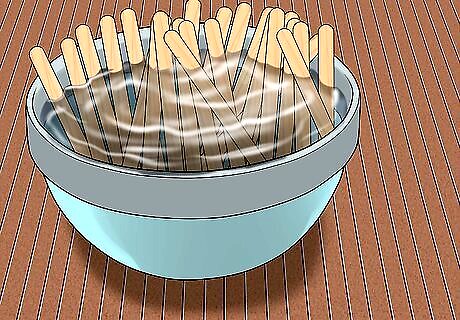
Rinse off the popsicle sticks to remove food residue. The stickiness of food residue could make it difficult for your hamster to walk on the ladder. Allow the popsicle sticks to dry completely.
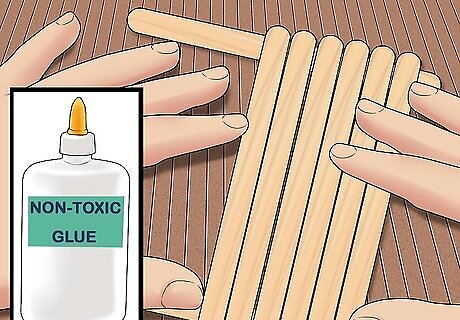
Glue the popsicle sticks together using non-toxic glue. It is important to use non-stick glue because your hamster may nibble on the sticks and inadvertently eat some of the glue. You would not want your hamster to get sick from eating a part of his toy. Allow the glue to dry completely.
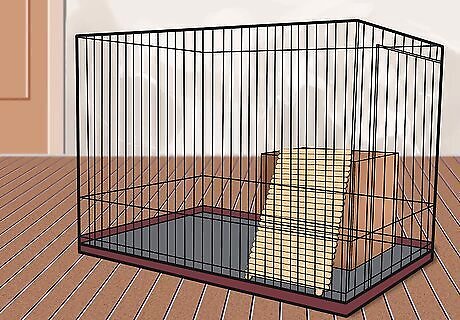
Place the ladder in the cage. You can get creative with where you place the ladder in the cage. Set the ladder on the bottom of the cage and have it leading up to another toy. The ladder could also be used as a bridge between toys such as cardboard boxes or milk cartons.
Making Tunnels

Gather together the materials you will need to make a tunnel. You will need several empty toilet paper tubes, bedding, some small cardboard boxes, and a cutting instrument (knife, scissors, box cutter).Make a Fun Hamster Tube Town Instead of cardboard boxes, you could also use shoe boxes, milk cartons, or empty boxes of tea. Because these boxes are not transparent, you will not be able to easily see your hamster once he's inside the tunnel. Even if you can't see him, trust that he's having fun in there!
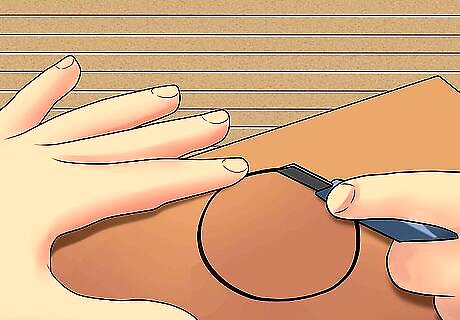
Cut circular holes in the cardboard boxes. These holes will be what the toiler paper tubes go through. To make sure that the holes you cut are the correct size, it may be helpful to first trace the outline of the tube onto the box.Make a Fun Hamster Tube Town Cut the holes in different parts of the cardboard boxes to give your hamster more options when entering and exiting the tunnel.

Insert the toilet paper tubes into the holes. If the tubes do not fit easily into the holes, make the holes a little bit bigger. Forcing the tubes into the holes could distort their shape, making it difficult for your hamster to walk through them. Use non-toxic glue to secure the tubes in the holes.

Cover the tunnel with bedding. This will create a little bit of extra work and challenge for your hamster to play in the tunnel. Even though the tunnel will be covered with bedding, leave an open end where your hamster can gain easy access to it.
Making a Two-Story Hamster House
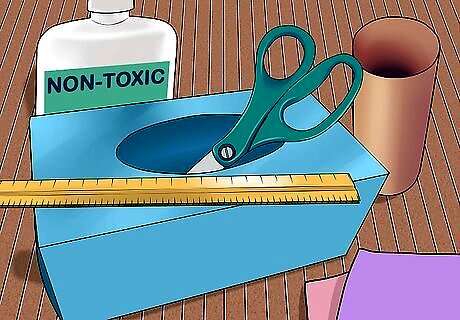
Gather the materials that you will need. To make a two-story hamster house, you will need two empty tissue boxes, a pair of scissors, a ruler, non-toxic glue, several empty toilet paper tubes, and several small pieces of cloth. Square tissue boxes will work better than rectangular boxes to make the house.
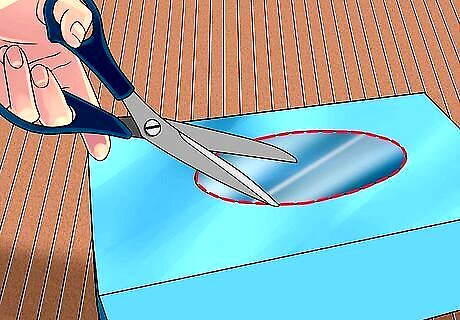
Use scissors to cut away the plastic opening of the tissue boxes. Removing the plastic will make it easier for your hamster to go through the openings.
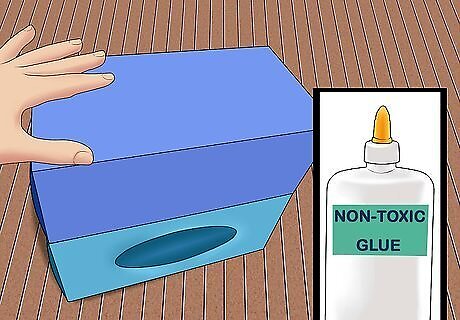
Stack the boxes on top of each other and glue them together. Stacking the boxes on top of each other will create the upper and lower levels of the house. Stack the boxes so that the top opening of each box is facing to the right or to the left. The openings should not be on the same side of the house.
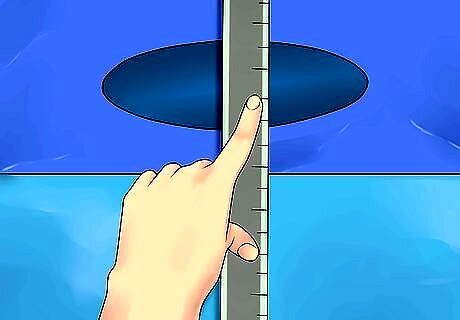
Use a ruler to measure the distance from the top opening to the floor. Measuring this distance will allow you to know what length of tube you will need to create a walkway up to the upper level.
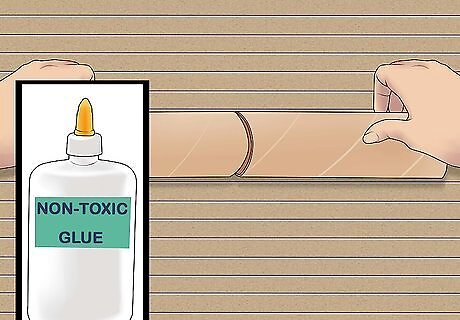
Create a walkway using the toilet paper tubes. You may need to place several toilet paper tubes within one another to make a long enough walkway from the lower to upper level. Use non-toxic glue to attach the tubes to each other, if necessary. Use non-toxic glue to attach cloth to the inside of the walkway. The cloth will give your hamster extra traction so that he can easily walk up and down the tube. Do not make the incline so steep that your hamster will have trouble walking up or down the tube.
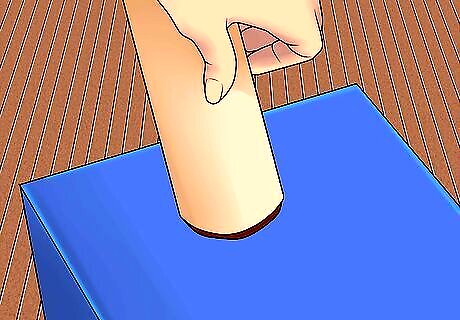
Secure the walkway to the opening of the second floor box. Use non-toxic glue, rather than tape, to attach the walkway to the second floor box. Securing the walkway will ensure that it does not move when the hamster walks up or down the tube. If the opening is rounded, use scissors cut the bottom of the opening into a straight line.
Making a Maze
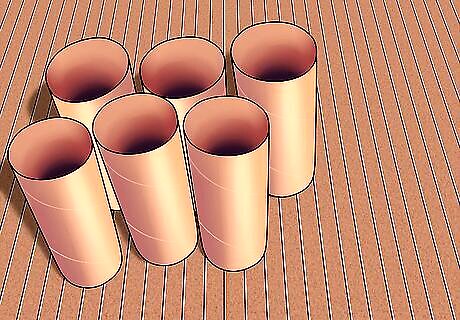
Gather a handful of empty toilet paper tubes. The more complicated you want to make the maze, the more tubes you will need.
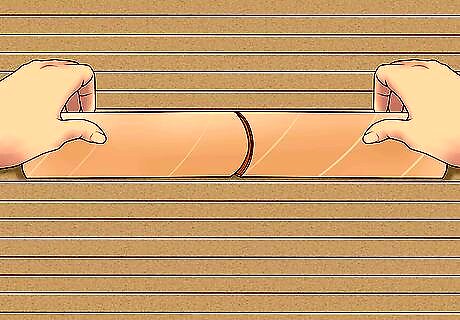
Place the tubes within one another. In order to maintain the shape of the tubes, be careful not to force them to fit into each other.
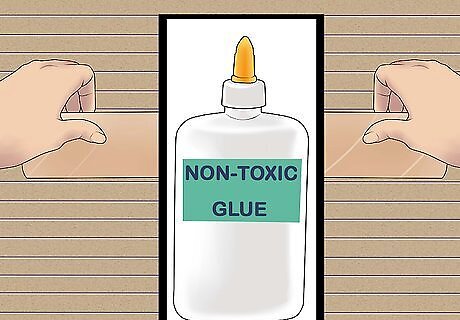
Use non-toxic glue to attach the tubes to each other. Hamsters will nibble at the cardboard, so you want to make sure that the type of glue you use will not make them sick.
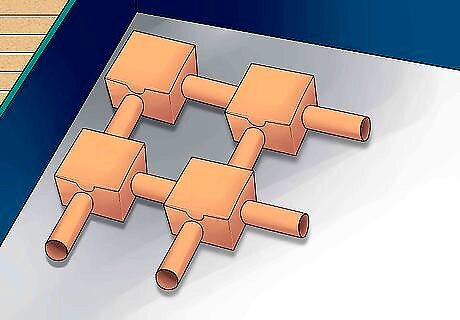
Place the rows of tubes in different directions in the cage. This will create the shape of the maze. The more creative you are with the directions of the tube, the more challenging the maze will be for your hamster. If you choose to place the maze outside of your hamster's cage, closely supervise your hamster so that he does not escape or injure himself. Other household materials that you can use to create a maze include empty shoe boxes, cylindrical oatmeal boxes, and wrapping paper tubes.
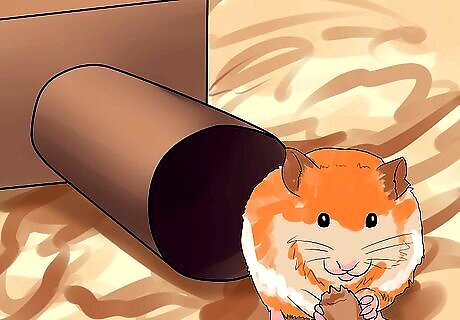
Place a treat at the end of the maze. The scent of the maze will encourage them to move even faster through it to get to the treat.
Making an Obstacle Course
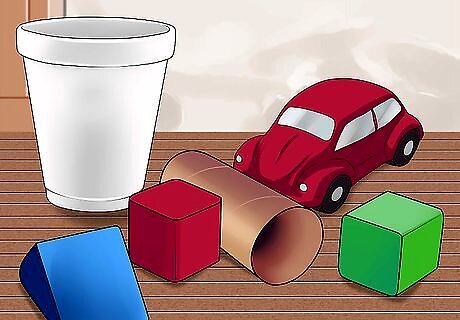
Gather together items to make an obstacle course. Just about anything can be used to make an obstacle course, including paper cups, toilet paper tubes, small toy cars, and building blocks. Be aware that small toy cars have paint on them, which could make your hamster sick if he eats the paint. Watch him closely and remove the cars if you see him to start to nibble on them.
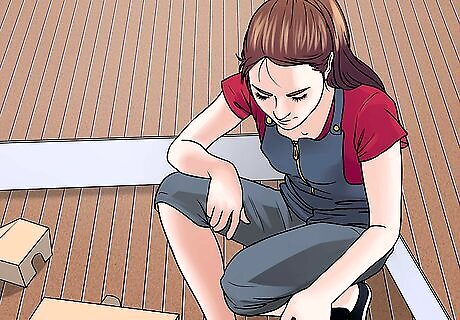
Set up the materials in a large open area. You could use an open area of your floor that outside of your hamster's cage. You could also use your bathtub or a large cardboard box. If you use your bathtub, line the bathtub with a towel. The towel will give your hamster more traction as he moves through the obstacle course.
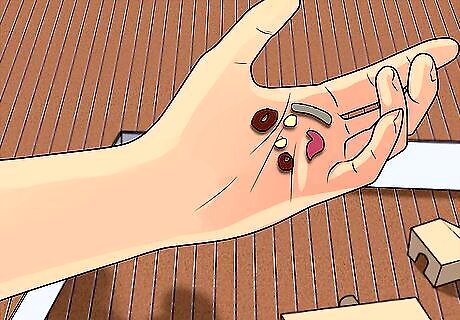
Place treats throughout the obstacle course. The scent of the treat will motivate your hamster to move even faster through the obstacle course.
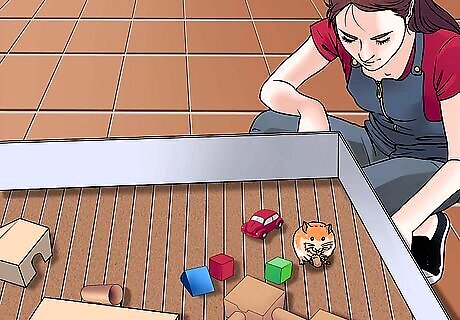
Keep a close eye on your hamster. You will want to make sure that he does not eat any part of the obstacle course that could make him sick.



















Comments
0 comment